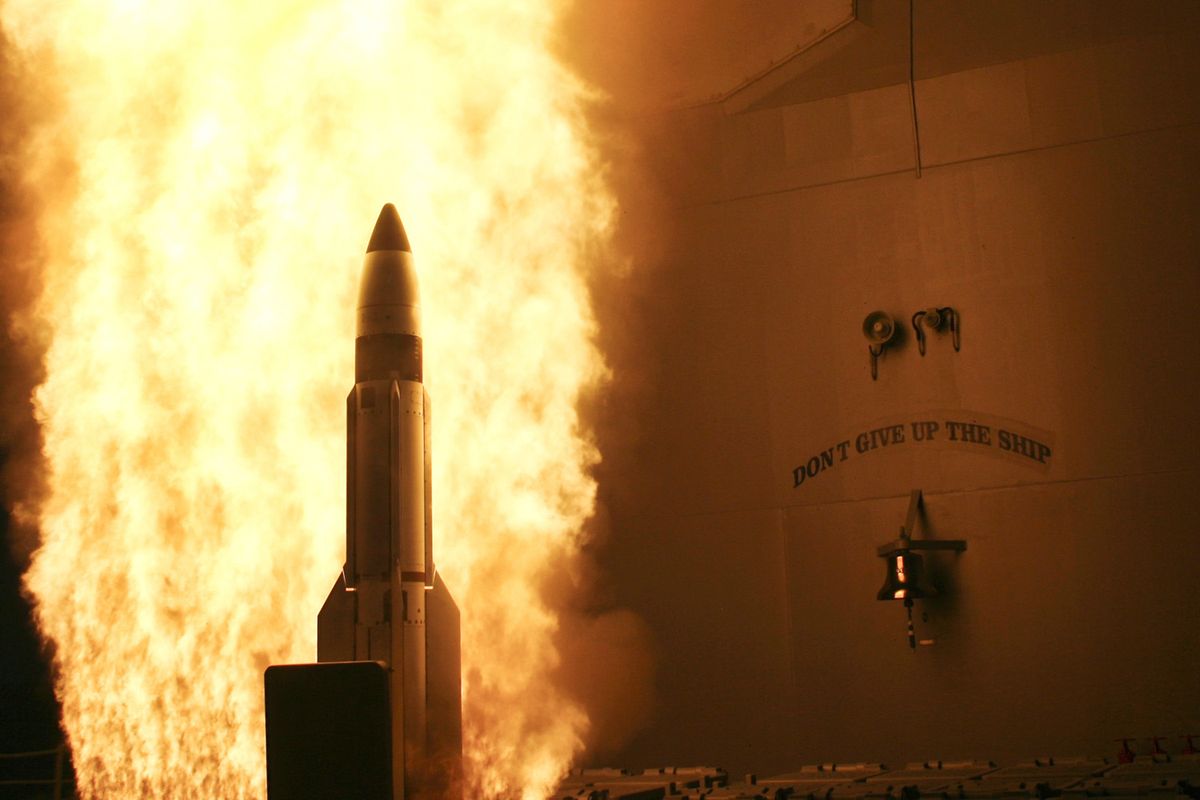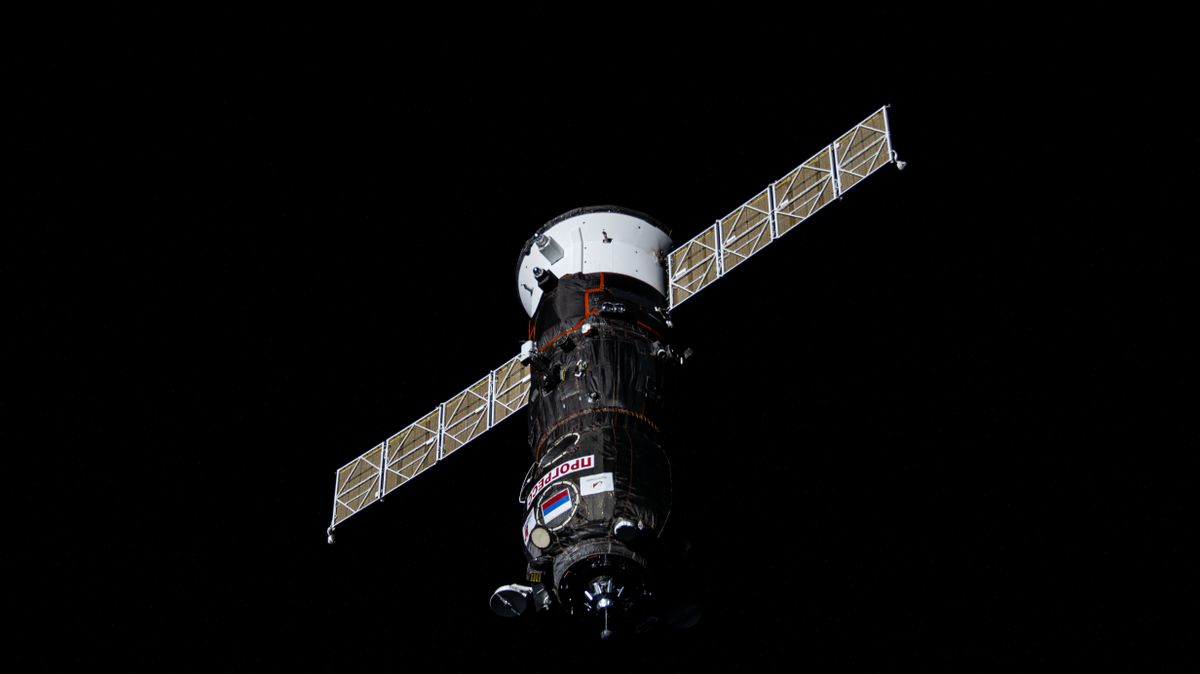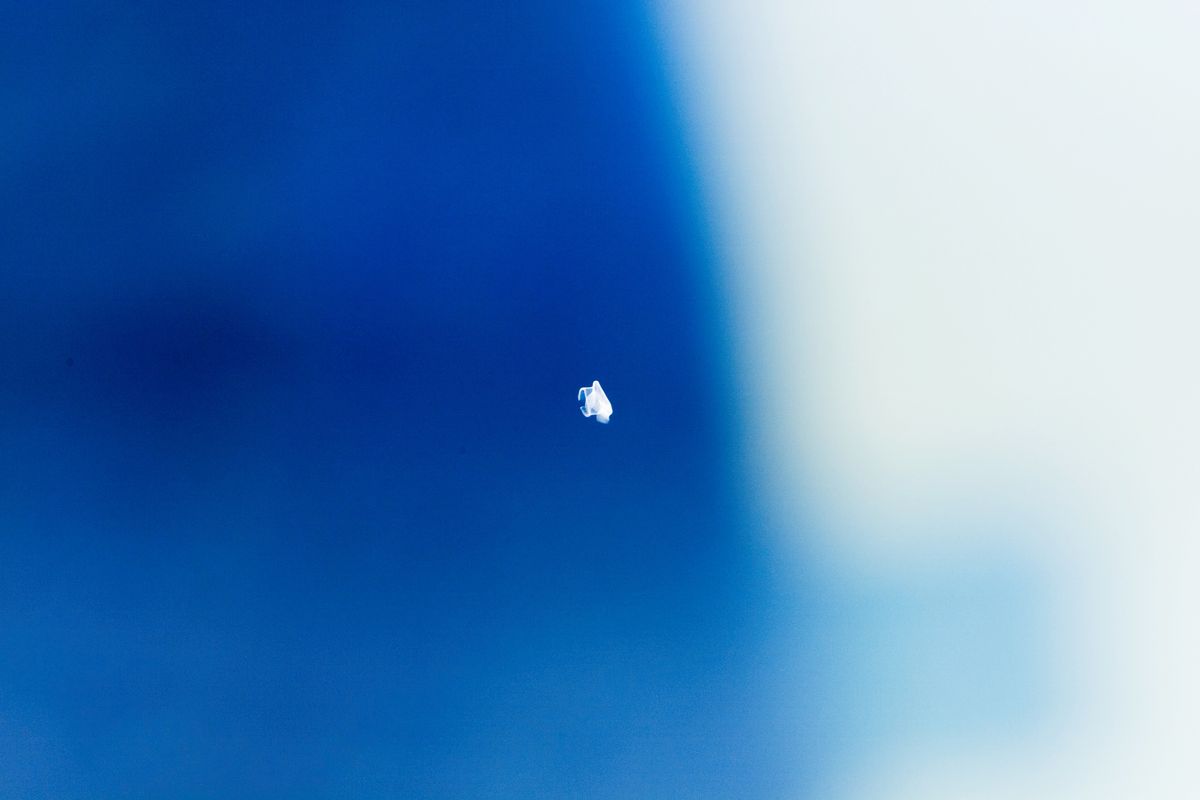Space Station keeps dodging debris from China’s 2007 satellite weapon test
The Progress 90 cargo craft nears the International Space Station for a docking. The spacecraft was used to propel the space station during debris-avoidance maneuvers. (NASA)
The International Space Station had to fire thrusters from a docked spacecraft last month to avoid a piece of debris that has been circling the globe for the nearly 18 years since the Chinese government blasted apart one of its own satellites in a weapons test.
The evasive maneuver was the second in just six days for the space station, which has four NASA astronauts and three Russian cosmonauts aboard. That is the shortest interval ever between such actions, illustrating the slowly worsening problem of space junk in orbit. Debris is an increasingly vexing issue not only for NASA, but also for companies such as SpaceX and OneWeb seeking to protect the thousands of small satellites they send into space to provide high-speed internet.
Analysts say the most worrisome debris cloud stems from Fengyun 1C, a weather satellite that the Chinese government intentionally destroyed with a missile in 2007. The high-altitude explosion created an estimated 3,500 pieces of debris, according to records maintained by the U.S. Space Force; most of them are still in orbit. They get slightly closer to the atmosphere with each pass, but an analysis shortly after the event predicted it would take more than 100 years for the debris to hit the atmosphere and largely burn up.
“A decade and a half later they’re still seeing problems because the stuff just keeps raining down,” said Marlon Sorge, executive director of the nonprofit Aerospace Corporation’s center for orbital and reentry debris studies.
The space station has had to dodge pieces of Fengyun 1C on five occasions, the first in early 2012 and the most recent on Nov. 25, according to NASA. Such maneuvers are becoming more common, with the space station conducting 15 since 2020, compared with an average of slightly more than one a year during the two decades before that.
Last month’s six-day interval is “just a statistical fluctuation,” said Harvard astrophysicist Jonathan McDowell, “but the problem is slowly getting worse, it’s true.”
In a statement, NASA emphasized that its astronauts were never actually in danger, saying a collision would have been far from assured even if the station hadn’t navigated away from the debris.
The space station is “the most heavily shielded spacecraft ever flown,” NASA said. But it moves around the Earth at a steady clip of more than 17,000 mph, meaning even a small object could cause serious damage. In 2021, the station’s astronauts had to take shelter in adjoining spacecraft after Russia destroyed one of its satellites with a ground-based missile in a weapons test of its own.
Pam Melroy, NASA’s deputy administrator, said the agency wants to “ensure space continues to be available to all,” in part through responsible space operations and technical analysis.
- – -
Tracking space junk
The space station’s latest evasive maneuver started with a warning from the Space Force. A network of telescopes, radars and other sensors on the ground and in space had identified a less-than-4-inch fragment heading for the 15-by-2-mile safety perimeter around the space station.
NASA’s policy is to move the space station out of the way if it judges the likelihood of collision to be at least 1 in 100,000. So a flight director in Houston consulted Russia’s space agency, notified astronauts onboard, and a decision was made to have the Russian-made Progress 89 spacecraft fire its thrusters for about three-and-a-half minutes.
Space Force sent about 700 “conjunction notifications” last month, according to U.S. Space Force public affairs director Erin Leon, or roughly 23 a day. Five years ago, when there were fewer objects in orbit, the Defense Department was sending only about six a day.
The agency is tracking about 47,200 objects in orbit representing a 14 % increase since the end of 2021, and twice the amount in 2016.
While many satellite operators provide the government with advance information on where, when and how many satellites will go into orbit, China and Russia typically do not share details of their satellite launches with the U.S. government, according to Sorge and other people familiar with the Space Force’s notification system.
That reticence can cause problems, SpaceX President Gwynne Shotwell said in a discussion last week at the Center for Strategic and International Studies.
Analysts describe the 2007 Fengyun explosion as a watershed event that spurred competing nations to demonstrate space weapons of their own.
It was followed the next year by the U.S. military’s “Operation Burnt Frost,” in which a warship in the Pacific Ocean fired a missile that destroyed a defunct U.S. spy satellite that was close to falling into the atmosphere. The Indian government conducted its own test, dubbed “Mission Shakti,” in 2019, and Russia’s military destroyed a satellite of its own in late 2021. All those events occurred at much lower altitudes, leaving less debris.
China’s Fengyun test “really was a wake-up call for the U.S. in terms of China’s growing ability to contest the U.S. space advantage,” said Kari Bingen, a former U.S. undersecretary of defense.
Since then, the U.S. and allied nations have committed to not conducting such tests in the future, but China and Russia have made no such promise, Bingen said. China, she added, largely views space debris as a U.S. problem.
Liu Pengyu, a spokesperson for the Chinese Embassy in Washington, said China attaches great importance to space debris mitigation and actively fulfills relevant international obligations. This includes regulating its own space activities and requiring satellites and launch vehicles take measures to mitigate possible debris, Pengyu said in an email.
“China has always carried out activities in the peaceful use of outer space in accordance with international law and international practice,” Pengyu said.
One worst case scenario is the “Kessler syndrome,” in which a particularly bad explosion in low Earth orbit could create a chain reaction, with debris multiplying with each subsequent collision. While that wouldn’t pose a direct threat to life, said Sorge, the Aerospace Corporation analyst, it would threaten the satellite formations that underpin U.S. national security and the internet-based activities of businesses and individuals.
China’s 2007 weapons test caused problems for space that persist “more than a decade after the event happened,” Sorge said, making it “a really graphic example of what not to do, and why not to do it.”



